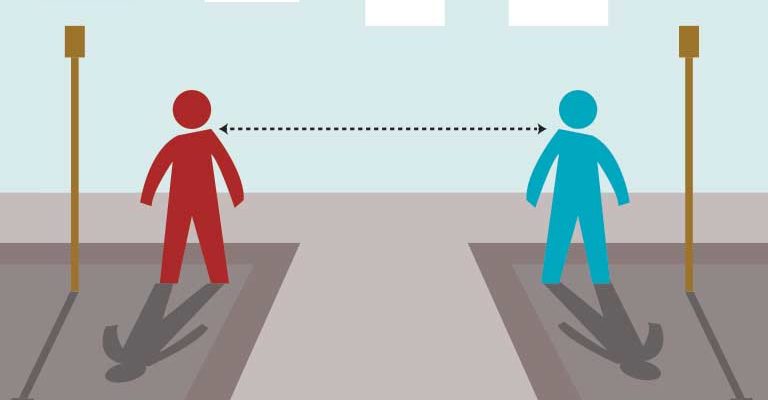Like it or not, social distancing restrictions have made ‘professional distancing’ a reality.
The ways in which we communicate with clients and staff have altered drastically over the past six months, and business communications need to adapt to fit.
We cannot expect the strategies and techniques that served us well before the pandemic to work today.
Without the aid of handshakes, client drinks and team getaways to smooth over any gaps in communication, we’re forced to ask: ‘Am I really communicating? Or am I just booking in lots of Zoom meetings?’
Attack of the Zoombies
Book in one too many video calls, and before you know it, you’ll have a group of Zoombies on your hands.
Video calls make it harder to connect, and if you’re not careful, can result in surface-level connections and meaningless conversation.
Without the benefit of close proximity and easy expression, connections need to move beyond the superficial.
Notice what is happening with your team and make room for one-on-one conversations, and if possible, asking questions offline.
Create space for your team to feel fully seen, heard, and appreciated during these challenging times. Sometimes a single personal phone call can do so much more than a video call with the entire team vying for attention.
Start new traditions, create new milestones, and find new ways to measure success.
Replace the water cooler with its online equivalent — but make sure any new initiatives are implemented in an authentic, natural way. Never force it.
Provide as much certainty as possible
When people feel powerless in times of uncertainty, anxiety grows. Don’t leave room for unanswered questions.
Answer any and all questions relating to the impact of the pandemic on your team’s job certainty and role requirements.
Even if you don’t have conclusive answers, giving updates to manage expectations and share possible outcomes (even if they are not all positive) has an empowering and stabilising effect that creates connections and reduces fear.
Don’t leave room for questions and concerns. Where there is potential for there to be assumptions, questions or concerns relating to your organisation and its offering, anticipate and address them before they are asked.
Be proactive with what is in your control, which will help build trust and reduce negative assumptions and damaging hearsay.
Get empathetic with your clients
Businesses and leaders who are intentional in creating meaningful empathetic connections are the ones who will succeed during these challenging times.
Check in with your clients and listen well.
It isn’t always enough to ask: ‘How are you?’ Instead, create space for a more meaningful exchange that shows genuine care in your clients as individuals.
Prove that you care about the success of their business by providing as much value as possible, even if there’s not a direct monetary gain associated with your help.
Read the room
Strategies and techniques that would have resonated and attracted people before this new era of professional distancing won’t necessarily work today.
For an example of what not to do, look no further than Apple.
Apple customers are used to the company pumping out news of expansive brand new tech and bragging rights over competitor models. Usually, Apple’s customers love their announcements and wait with bated breath.
However, add a global pandemic into the mix (along with economic hardship), and the shiny, expensive new products are immediately offensive.
Apple launched the new iPad Pro and brand new MacBook Air during a time where unfathomable numbers of people had lost their jobs and were struggling to access Job Keepers’ allowances.
Needless to say, the media picked up on this pretty quickly and Apple, via a quick act of redemption, updated Siri to provide all Apple users with quick, relevant information on the coronavirus on request.
Instead of sticking with the same old strategy, it’s vital for businesses to adapt to what their customers are looking for in the current moment — and that can change in a matter of weeks or even days.
Cultivate calm confidence
Above all, do not add to the chaos and anxiety. Do not create hype and hysteria.
Instead, be a different voice. One that puts people before profit. One that speaks in facts, is in control, is clear, proactive and calm.
Remind people that you are in your position of influence and authority for a reason: because you do things well.
This will give people a reason to be reassured, and communicate quickly and often.
This article was originally published in SmartCompany
You find more from Pure Public Relations on:
Our YouTube Channel
Phoebe Netto’s LinkedIn page
Our Facebook page

